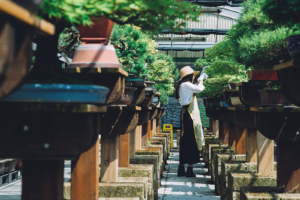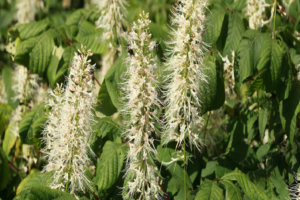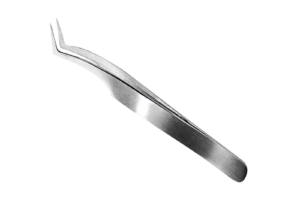YouTube
Grow your own Bonsai Trees with our Eco Grow Kit🌳 #asmr #shorts
Bonsai moss is a type of small, low-growing plant that is often used in bonsai gardens and containers. It adds a sense of depth and dimension to bonsai landscapes, and can help to create a more natural and realistic appearance. Here is some information on how to use bonsai moss in your own bonsai projects.
There are many different types of bonsai moss, including sphagnum moss, sheet moss, and club moss. Each type has its own unique characteristics and can be used in different ways in bonsai landscaping. For example, sphagnum moss is a soft, spongy moss that is great for creating a naturalistic look, while sheet moss is a thin, flat moss that is good for covering surfaces and creating a seamless appearance. Club moss is a type of creeping moss that is ideal for creating a dense, carpet-like effect.
When using bonsai moss in your bonsai garden, it’s important to consider the size and scale of your trees and the overall design of your landscape. You’ll want to choose a type of moss that is appropriate for the size of your trees and that will fit in with the overall look and feel of your bonsai forest. It’s also important to consider the lighting conditions in your garden, as some types of moss may require more or less light to thrive.
To plant bonsai moss, start by selecting a container or area in your bonsai garden that has good drainage and that is appropriate for the size and growth habits of the moss. Next, add a layer of well-draining soil or bonsai soil to the container or area, and then gently press the moss into the soil. Be sure to leave enough space between the moss and the trees to allow for proper growth and expansion.
After planting your bonsai moss, it’s important to provide it with the proper care and maintenance to keep it healthy and looking its best. This includes watering, fertilizing, and trimming as needed. Watering is especially important, as bonsai moss is sensitive to both over-watering and under-watering. Be sure to check the moisture level of the soil regularly, and water as needed to keep it evenly moist but not soggy.
Fertilizing is also important for the health of your bonsai moss. Use a balanced fertilizer, such as one with an N-P-K ratio of 20-20-20, and follow the recommended application rate on the label. You can also use a slow-release fertilizer, which will provide a consistent supply of nutrients over a longer period of time.
Trimming your bonsai moss is also important to maintain its shape and size. Use small, sharp scissors or pruning shears to carefully remove any dead, damaged, or overgrown areas. Be sure to also remove any branches that are crossing or rubbing against each other, as these can cause damage and inhibit growth.
With proper care and maintenance, your bonsai moss will thrive and add a beautiful and natural touch to your bonsai landscape. Whether you’re a seasoned bonsai enthusiast or new to the hobby, using bonsai moss in your bonsai garden is a fun and rewarding way to add depth and dimension to your bonsai trees.







Leave a Reply
Your email is safe with us.
You must be logged in to post a comment.